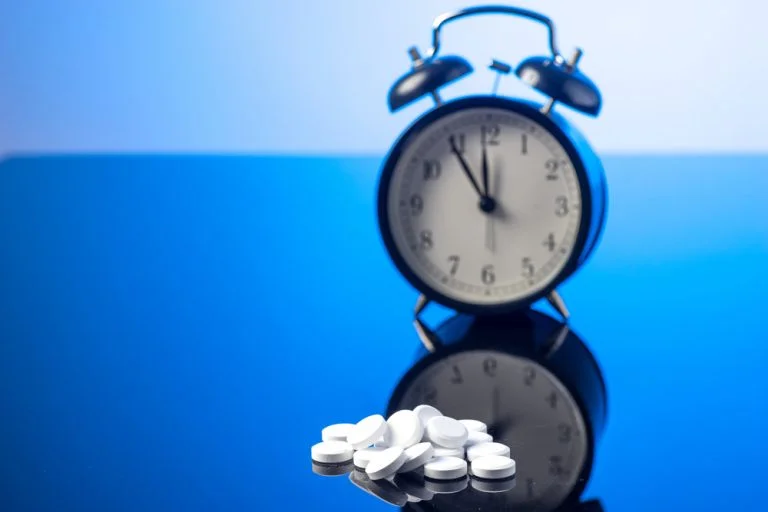Norco Withdrawal Timeline
The opioid epidemic in 2016 claimed an average of 115 American lives each day, according to the CDC. Millions of people are affected by the abuse of opioids such as Norco, including the users themselves, families and any person close to the person suffering from the substance use disorder. As people become aware of the dangers they face and the problems that the abuse causes in their life, treatment becomes the only real solution when attempting to stop fails. The first hurdle to overcome in treatment is detox.

Opioid Detox – Norco Withdrawal Timeline
What are the symptoms of withdrawal from Norco? In this article, we will look at the Norco withdrawal timeline and what symptoms to expect.
What are the Symptoms of Withdrawal from Norco?
During the Norco withdrawal timeline, the person experiences a reaction in their body caused by the ever-constant presence of the drug no longer being there. During the abuse of Norco, the person’s body becomes used to the drug’s presence, and alters its function as a result. In the absence of the drug, the body struggles for a time to go back to normal. The severity of symptoms changes based on how much Norco the person took on a regular basis, how long the addiction went on for and the way that Norco was abused.
Withdrawal symptoms experienced during the Norco withdrawal timeline include the following:
- Nausea and vomiting
- Irritability
- Extreme cravings
- Anxiety
- Tearing and a runny nose
- Heightened sensitivity to pain
- Diarrhea
- Pain throughout the body
- Severe stomach cramps
Withdrawal symptoms are rarely life-threatening unless the person suffers from medical problems that can be aggravated by the symptoms. Norco withdrawal relief is available through the use of medications to help reduce the symptoms and make them more manageable. Norco withdrawal relief medication includes methadone, clonidine, naltrexone and buprenorphine – medications that have a proven track record in the treatment of opioid withdrawal.
Norco Withdrawal Timeline
Generally, most people who have become dependent on Norco take roughly the same time for the symptoms to dissipate in detox. The symptoms can be broken down into several stages including the following:
- 8 to 24 hours – During the initial period of detox, they begin to experience some of the milder symptoms such as yawning, a runny nose and restlessness. Abdominal pain during this time can be common too.
- 24 to 72 hours – During this time in the detox process, the majority of symptoms reach their peak. The more severe symptoms such as diarrhea, nausea, vomiting and increased heart rate occur during this time. Cravings for more of the drug also become intense.
- 3 to 5 days – Most of the withdrawal symptoms will begin to die down after about three days. They will persist through to around day five of the detox, but they will be far more manageable at this point.
- 7 to 10 days – The 7 to 10 day period after a person stops using Norco will see most of the symptoms disappear as the body returns to a more normal state.
While the symptoms are gone or manageable after around 10 days, there may be some remnants of symptoms to deal with that can continue for weeks if a medical detox was not used. They include symptoms such as depression and anxiety – mental symptoms. A person may also have difficulty concentrating on tasks and struggle with their motivation. Cravings also remain until the person goes through further treatment in order to learn how to deal with the cravings in a healthy way.
If you or a loved one is struggling with addiction, get help right away. Make a phone call that will connect you to a professional drug treatment center. The call you make may save your life or the life of someone you love. Call us today at (800) 429-7690.





